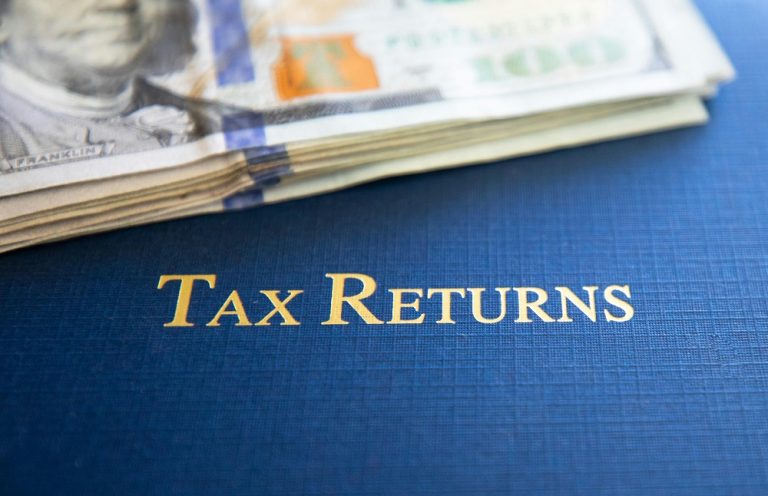Navigating the world of business finances can be tricky, especially when it comes to understanding capital allowance. These tax reliefs can significantly impact our bottom line, helping us recover costs on qualifying assets. By grasping the ins and outs of capital allowances, we can unlock potential savings and enhance our financial strategies.
In this article, we’ll explore what capital allowances are, how they work, and why they matter to our businesses. Alongside concepts like working capital, capital allowances play a vital role in strengthening financial health. Whether we’re investing in buildings, machinery, vehicles, or office equipment, knowing how to maximize these allowances can lead to substantial benefits. Let’s dive into the essentials and discover how we can make the most of this valuable tax relief.
Understanding Capital Allowances
Capital allowances provide tax relief on qualifying assets, assisting businesses in recouping costs associated with their investments. Understanding these allowances is crucial as they can significantly impact a business’s financial health.
Definition and Purpose
Capital allowances are a form of tax relief that allows businesses to deduct the cost of qualifying assets from their taxable profits. This process recognizes the depreciation of assets over time, allowing us to recover costs associated with investments in items like machinery, vehicles, and buildings. The primary purpose of capital allowances is to incentivize business investment by alleviating the tax burden linked to asset acquisition.
Benefits for Businesses
Capital allowances offer several key benefits for businesses, including:
Tax Savings: Reducing taxable profits leads to lower tax liabilities, enabling us to retain more capital for reinvestment.
Cash Flow Improvement: Immediate tax relief enhances cash flow, assisting businesses in managing operational costs.
Encouragement for Investment: Allowances motivate businesses to invest in new technology, equipment, and buildings, promoting growth and innovation.
Flexibility in Claims: We can make capital allowance claims under various schemes, adapting to our specific needs and asset types.
Familiarity with capital allowances allows us to maximize financial advantages while investing in essential assets for our operations.
Types of Capital Allowances
We can classify capital allowances into distinct types, each serving specific purposes and offering unique benefits for businesses. The two main categories are the Annual Investment Allowance and Writing Down Allowances.
Annual Investment Allowance
The Annual Investment Allowance (AIA) offers immediate tax relief on qualifying capital expenditure. We can claim AIA on most tangible assets, such as machinery and buildings, up to a specified limit. For the tax year 2023/2024, the AIA limit stands at £1,000,000. This allowance creates an opportunity to deduct the total qualifying expenditure from taxable profits in the year of purchase.
Writing Down Allowances
Writing Down Allowances (WDAs) apply to assets not fully covered by the AIA. When businesses acquire these assets, they can deduct a percentage of their cost from taxable profits over several years. WDAs typically follow a declining balance method, allowing us to spread the tax benefits of asset depreciation over time. There are two main rates for WDAs: 18% for most qualifying assets and 6% for certain integral features and long-life assets.
Eligibility for Capital Allowances
Eligibility for capital allowances revolves around specific criteria for qualifying expenditure and the exclusions that apply. Understanding these aspects ensures that we maximize potential tax relief effectively.
Qualifying Expenditure
Qualifying expenditure refers to costs incurred on capital assets that can attract capital allowances. These assets must be purchased for business use and include:
Machinery: Equipment or tools essential for carrying out business operations.
Vehicles: Cars, vans, and lorries utilized exclusively for business activities.
Buildings: Integral features such as lighting or heating systems that may qualify under specific categories.
Exclusions and Limitations
Certain costs and assets are excluded from capital allowances. We should refrain from including:
Land: Expenditure on land or structures typically doesn’t qualify. However, integral features of buildings may qualify under specific categories.
Personal Use Assets: Assets used wholly or partly for personal use are ineligible for capital allowances.
It’s essential to be aware of limitations associated with the type of assets and the effectiveness of each allowances scheme.
Claiming Capital Allowances
Claiming capital allowances involves a structured approach to ensure accurate and compliant submissions.
Application Process
Identify Qualifying Assets: Assess our assets to determine which qualify for capital allowances including buildings.
Gather Documentation: Collect all purchase invoices and relevant paperwork that substantiate the costs incurred for each qualifying asset.
Complete the Tax Return: Complete our tax return, including details of the capital allowances being claimed.
Calculate Allowances: Calculate the allowances based on the type of claim.
Submit Claims: Submit the completed tax return by the due date, ensuring all claims are accurately reported.
Maintain Records: Keep all documentation and calculations secure for future reference.
Common Mistakes to Avoid
Not Documenting Purchases: Overlooking keeping receipts and invoices can jeopardize our claims.
Incorrect Asset Classification: Ensure accurate classification of assets to avoid claiming the wrong allowance.
Exceeding Allowance Limits: Be mindful of the AIA limit.
Failing to Include All Eligible Assets: Conduct a thorough review to prevent overlooked claims.
Ignoring Updates to Legislation: Stay informed about any changes to capital allowance regulations.
Delaying Claims: Prompt submissions ensure we maximize available tax relief for the current tax year.
Conclusion
Capital allowances represent a vital opportunity for businesses to enhance their financial health. By understanding and utilizing these tax reliefs, specifically focusing on capital allowances on buildings, we can significantly reduce our tax liabilities and improve cash flow.
Embracing enhanced capital allowances is a strategic move that can lead to long-term success for our businesses.






